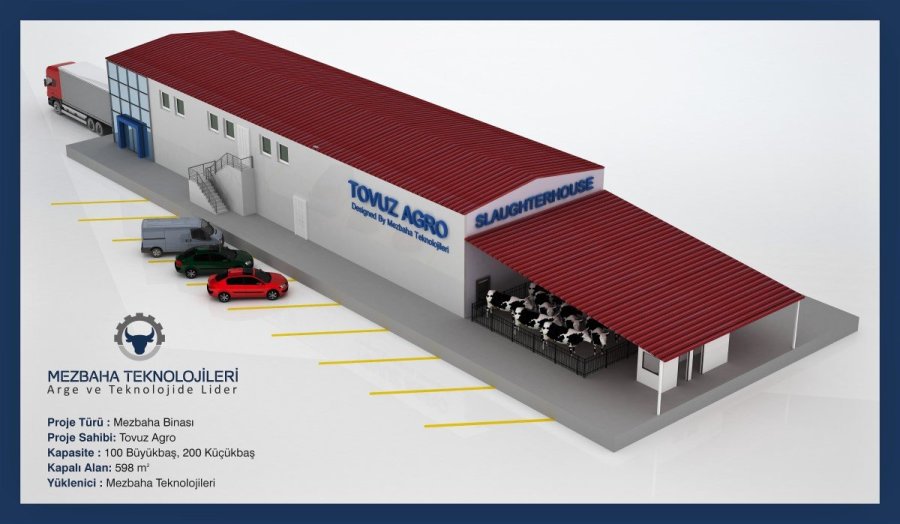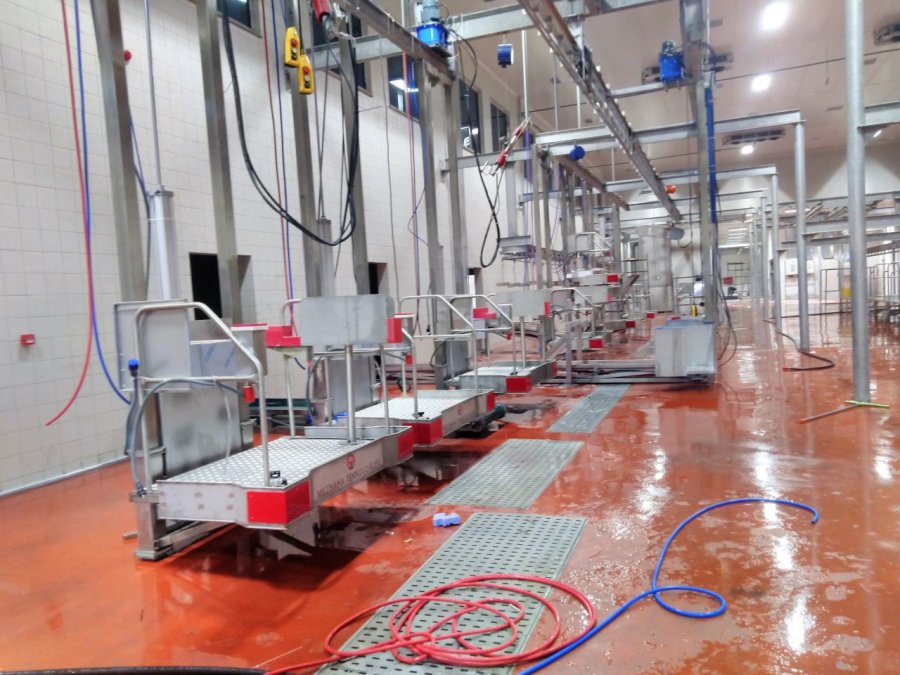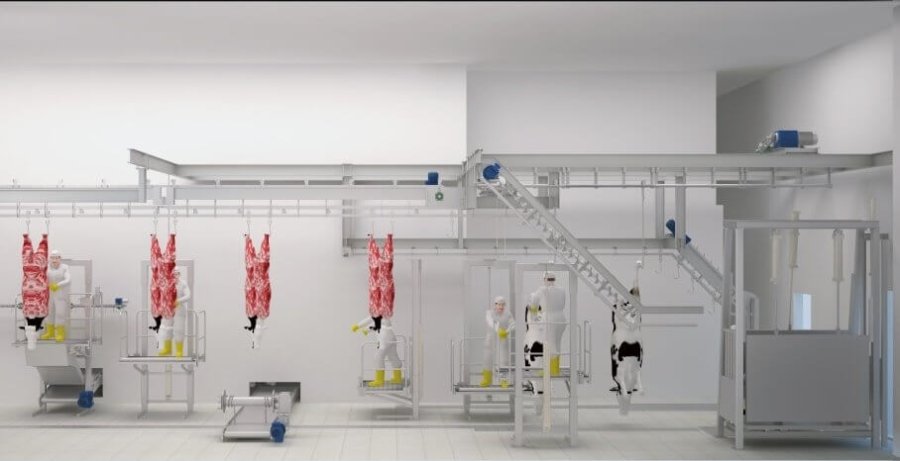Financial Benefits of Slaughterhouse Automation
Discover the financial benefits of slaughterhouse automation, including cost savings, increased productivity, and improved meat yield for your business.
24 October, 13:10
In today’s competitive meat processing industry, maximizing efficiency while maintaining high-quality standards is essential. Slaughterhouse automation has emerged as a strategic solution, providing significant financial advantages for operators and business owners alike. By integrating advanced machinery and automated workflows, slaughterhouses can not only reduce operational costs but also enhance productivity, safety, and product consistency.
Increased Efficiency and Productivity
Automation streamlines key processes such as animal handling, slaughtering, cutting, and packaging. This innovative approach significantly reduces manual labor requirements, allowing facilities to allocate labor resources more efficiently. As a result, production timelines are accelerated, which is crucial in meeting market demands. Moreover, the implementation of automated systems minimizes human error, ensuring that each stage of the process is executed with precision.
With these advancements, slaughterhouses can process a higher volume of animals per hour without compromising quality or safety standards. This efficiency leads to a notable increase in overall output. Consequently, the measurable increase in productivity directly impacts revenue, enabling businesses to thrive in a competitive market. By embracing automation, companies can not only enhance their operational capabilities but also position themselves for sustained growth and success.

Reduction in Labor Costs
One of the most significant financial benefits of slaughterhouse automation is the reduction in labor costs. By implementing automated systems, businesses can streamline operations and eliminate the need for extensive manual labor. This shift allows businesses to reallocate personnel from repetitive, physically demanding tasks to higher-value roles such as quality control, maintenance, and process optimization. This strategic realignment not only reduces wage expenses but also enhances overall productivity. With fewer workers engaged in monotonous, labor-intensive tasks, companies can focus their human resources on roles that contribute more significantly to the bottom line.
Additionally, automation decreases the risk of work-related injuries, which can lead to a safer work environment. As a result, businesses can further lower insurance and compensation costs, creating a more efficient and financially sustainable operation. The long-term implications of these changes can significantly improve profitability and competitiveness in the industry.
Explore more about this topic here: foot washing machine
Minimizing Waste and Improving Yield
Automated equipment ensures precision in cutting, deboning, and portioning, which significantly reduces meat waste. By employing advanced technology, slaughterhouses can minimize the margin of error during processing, leading to more efficient use of every animal. This focus on precision not only conserves resources but also enhances overall productivity. By optimizing yield, slaughterhouses can extract maximum value from every animal, thereby increasing profitability. The ability to produce high-quality cuts while minimizing by-products translates to higher returns on investment. This financial gain is crucial for maintaining competitiveness in the meat industry.
Less waste also reduces disposal costs and supports sustainability goals, enhancing the company’s market reputation. As consumers become more environmentally conscious, businesses that prioritize waste reduction can attract a loyal customer base, further solidifying their position in the market.

Consistent Quality and Compliance
Automation promotes consistency across products, ensuring that every cut of meat meets strict quality standards. This level of consistency is critical for large-scale clients, retailers, and foodservice providers who rely on uniformity in their offerings. By implementing automated processes, companies can maintain the same high standards across all production batches, thereby enhancing customer satisfaction and loyalty. Furthermore, automated systems facilitate compliance with hygiene and safety regulations by reducing human contact with raw meat.
This reduction not only minimizes contamination risks but also helps businesses avoid potential regulatory fines. With strict adherence to health standards, organizations can confidently assure their customers of the safety and quality of their products, making compliance an integral aspect of operational success.
Energy Efficiency and Operational Savings
Modern automated slaughterhouse systems are designed to optimize energy usage, significantly enhancing operational efficiency. By incorporating advanced technologies, these systems minimize energy consumption compared to traditional manual operations. For instance, advanced refrigeration units work more efficiently, ensuring that energy is not wasted while maintaining optimal temperatures for meat preservation. Moreover, conveyor systems and cutting machinery are engineered to operate with precision, requiring less power to perform their tasks.
This reduction in power consumption effectively translates to lower utility bills, allowing facilities to allocate resources more strategically. In addition to immediate financial benefits, decreased energy usage fosters a smaller environmental footprint, aligning with sustainable practices. Consequently, the implementation of energy-efficient technologies not only promotes operational savings but also contributes to long-term financial sustainability for slaughterhouse operations.

Enhanced Data Management and Decision-Making
Automation provides detailed real-time data on production rates, yields, and equipment performance. This data allows management to make informed operational decisions, identify inefficiencies, and implement targeted improvements. By leveraging analytics, slaughterhouses can proactively reduce costs, plan maintenance, and optimize workflow for maximum profitability.
Related post: slaughtering tools and equipment